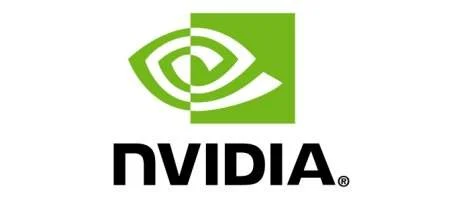Chip giant Intel has signed a lucrative, six-year cross-licensing agreement with Nvidia.
For the future use of Nvidia’s technology, Intel will pay the company an aggregate of $1.5 billion in licensing fees payable in five annual installments, beginning January 18, 2011.
“This agreement signals a new era for Nvidia,” Jen-Hsun Huang, Nvidia’s president and chief executive officer, explained in an official statement e-mailed to TG Daily.

“Our cross license with Intel reflects the substantial value of our visual and parallel computing technologies. It also underscores the importance of our inventions to the future of personal computing, as well as the expanding markets for mobile and cloud computing.”
So, what are the terms of the deal?
Well, the recently negotiated agreement will grant Intel continued access to Nvidia’s “full range” of patents.
In return, Nvidia will receive an aggregate of $1.5 billion in licensing fees – to be paid in annual installments – while retaining use of Intel’s patents, consistent with its existing six-year agreement.
Unsurprisingly, the above-mentioned deal excludes Intel’s proprietary (x86) processors, flash memory and certain chipsets.
Obviously, Nvidia benefits from the new arrangement, but what does Intel get out of it?
As Intel senior VP and general counsel Doug Melamed confirms, the agreement effectively ends a protracted legal dispute between the companies over graphics-related technology.
“[It] preserves patent peace and provides protections that allow for continued freedom in product design,” said Melamed.
“It also enables the companies to focus their efforts on innovation and the development of new, innovative products.”






